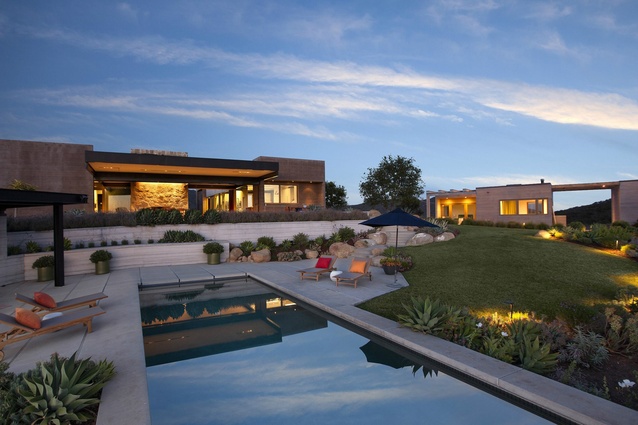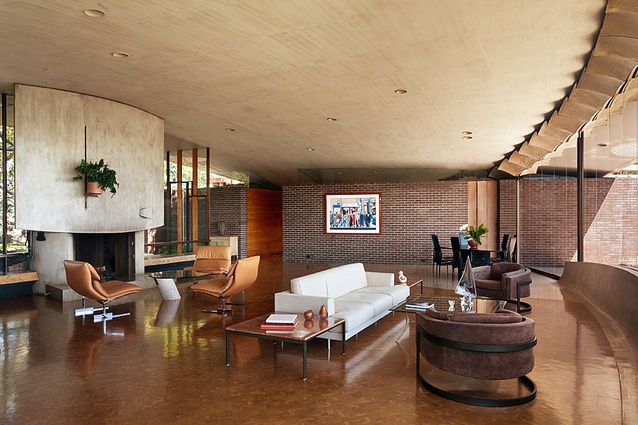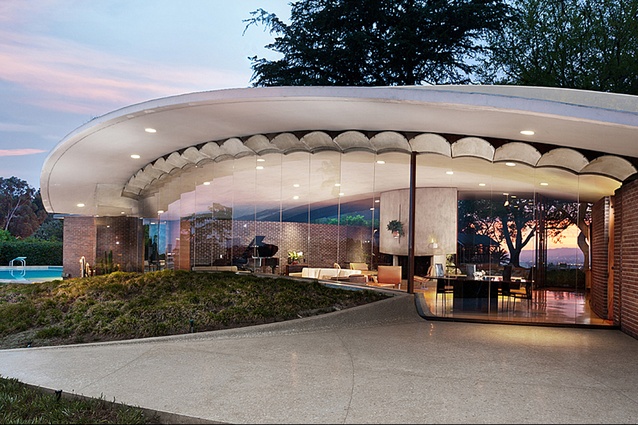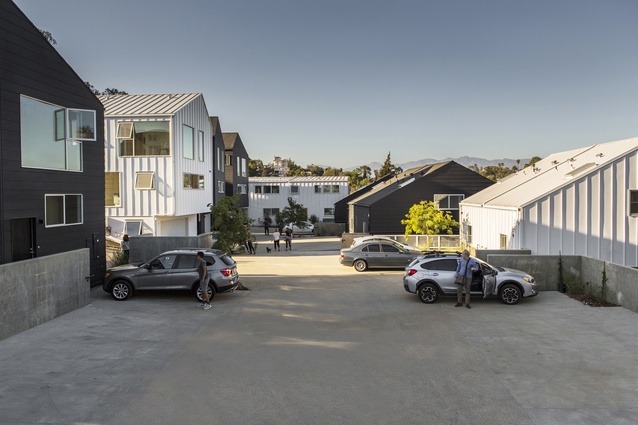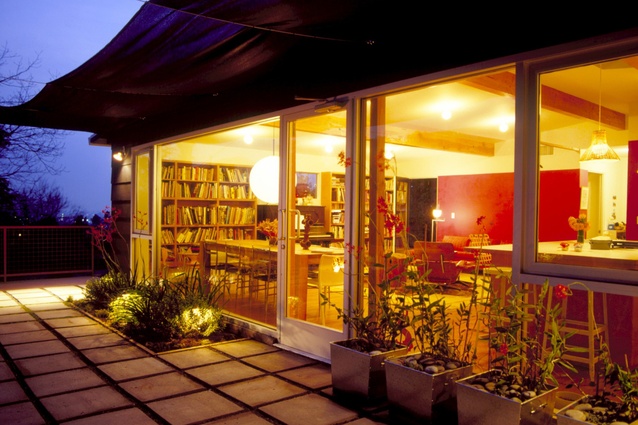In:situ series #3: Barbara Bestor
Natalie Bradburn reviews LA-based Barbara Bestor's presentation in the third of our NZIA 2017 in:situ conference interview series.
Barbara Bestor of Bestor Architecture came to New Zealand to talk about Los Angeles, or more specifically, her city of ‘Sunshine and Smog’. Californian culture, recognised for it’s optimistic modernism of the post-war era, is a 20th century city with a sunny outlook. However, Bestor argues, there is a also “the dark side of this brightly lit city”.
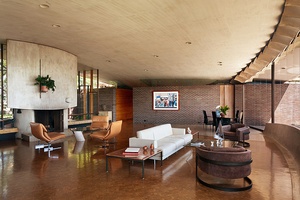
LA is a city with a cultural darkness, a socially and racially violent past. It’s also the home of some amazing noir film, a culture largely brought over by emigres escaping WW2: “The trickiness about sunshine is sometimes what’s not in it.”
Bestor goes on to discuss how these opposing cultures produce a dichotomy of design. On the one hand, there is modernism – captured best by the Case Study House’s portrayed most often by Pierre Koenig’s Stahl House, or the Eames House by Ray and Charles. In contrast to that, there is also the gritty urbanism of Frank Gehry’s work, Raymond Pettibon’s drawings, Chinatown and gangsta rap.
So what do 21st architects do with a century of complex social, political and architectural culture behind them? One of the ways Bestor navigates this question is by contributing to the history of the place by entering important excluded figures into the public realm. An exhibition on the work of Deborah Sussman, by Bestor and friends, brought to light the involvement of Sussman’s work in the creating of an iconic colour palette for the 1980 Olympics.

Sussman worked with the Eames’ and collaborated with Gehry but there was nothing about her online. With the exhibition now archived in the Getty Museum and a healthy search-engine profile, Sussman was re-entered into the public memory. Bestor is now doing the same for Paul Williams, a prolific and successful Los Angeles architect who has somehow bypassed any online presence.
Alongside this work, Bestor’s practice operates in the residential realm as well. A diverse but selective range of projects include the restoration of John Lautner’s technologically advanced Silvertop House in Silver Lake, which was originally constructed over a staggering and exhausting 19 years (1957–1976).
One of the many charms of this restoration includes the collaboration with artist Geoff McFetridge to design a graphic language for the house, where lights, windows and doors are operated automatically.
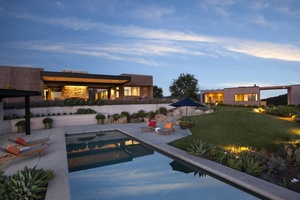
Then, there’s the Toro Canyon House in Santa Barbara, situated at the end of a very long road. The length of the property’s access allowed Bestor to control the entry to the promenade, a welcome change from the inner-city architecture Bestor is familiar with. This control extends to the interior of the house, with expansive views only revealed after an intricate procession of spaces.
For Bestor, the past twenty years of practice began with the renovation of her own home in Silver Lake. Original photos of the existing house show the remains of what appears to be a neglected, unkempt suburban house. There is nothing particularly interesting about the original structure, until you see the renovation that it undertook after only a few months.
Designed on a single level with equal portions of indoor and outdoor space, so “kids could literally ride their bike through the house, out the back and round the corner”. The openness also works well when trying to avoid someone at a cocktail party.
When reflecting on this personal and somewhat frantic build, Bestor confides, “Everything started to shift with this house and it ended up leading to a book deal of all things (Bohemian Modern, 2006)”.
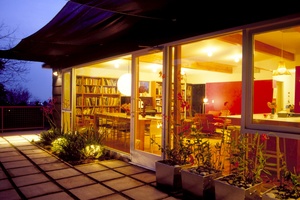
An intimate sense of what it’s like to build and live in a Californian house no doubt contributed to a more recent project, Blackbirds. A multi-housing project tucked into suburban LA, Blackbirds is 18 houses under nine roofs. What often looks like a single house volumetrically is actually two, and sometimes three, individual homes. With no covered garages, the shared courtyard space encourages neighbours to talk to one another and is a precedence New Zealand should willingly adapt.
Bestor’s practice is founded on the idea that everyone should experience “strange beauty”. It’s the conflation of two ideas: the art of defamiliarisation, of making something strange, combined with the notion that “everyday life is where the important things happen”. It’s less of a theory and more of a motto.

It is easily exemplified in Bestor’s portfolio of work, from the silent disco for sleep-deprived architecture students, a local cafe with tiles across the span – from coffee countertops to the street edge, and even a music school founded by a member of the Red Hot Chilli Peppers.
The work is constantly surprising, intelligent and delightful. Bestor’s abundant use of colour, texture, materials and graphics reflects not only her commitment to a diverse and engaging practice, but to what appears to be an all-consuming attitude to architecture.



